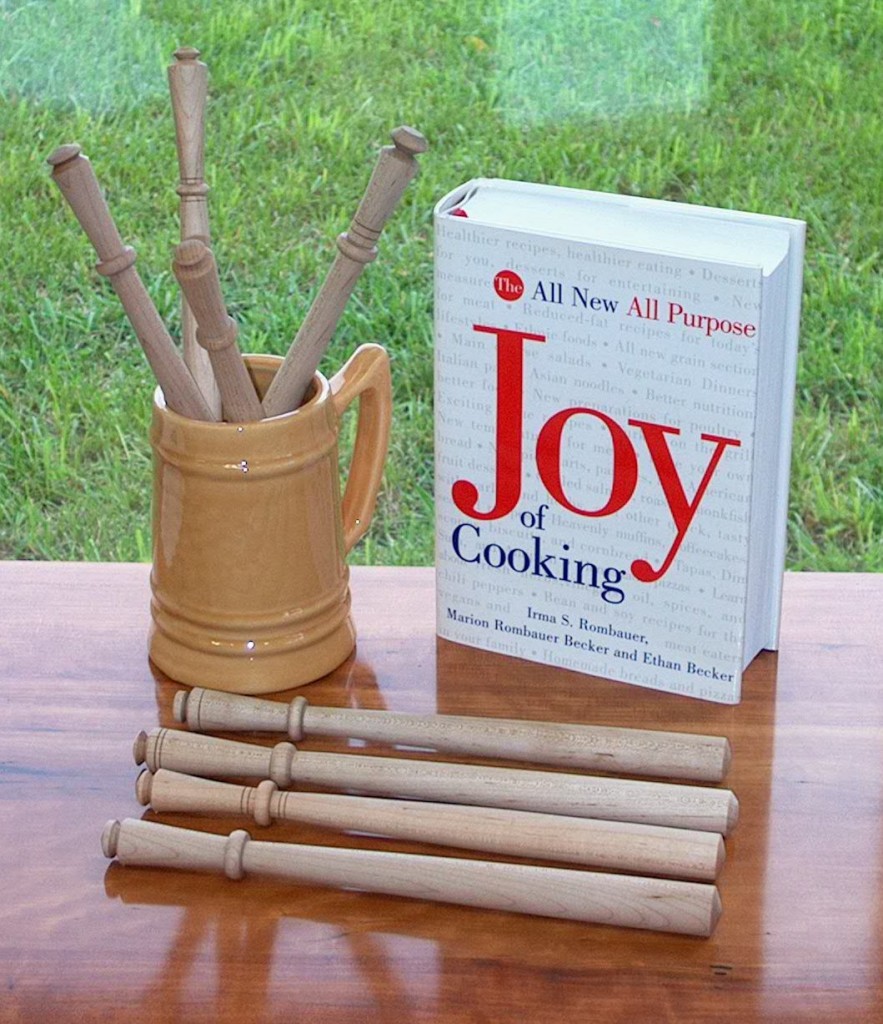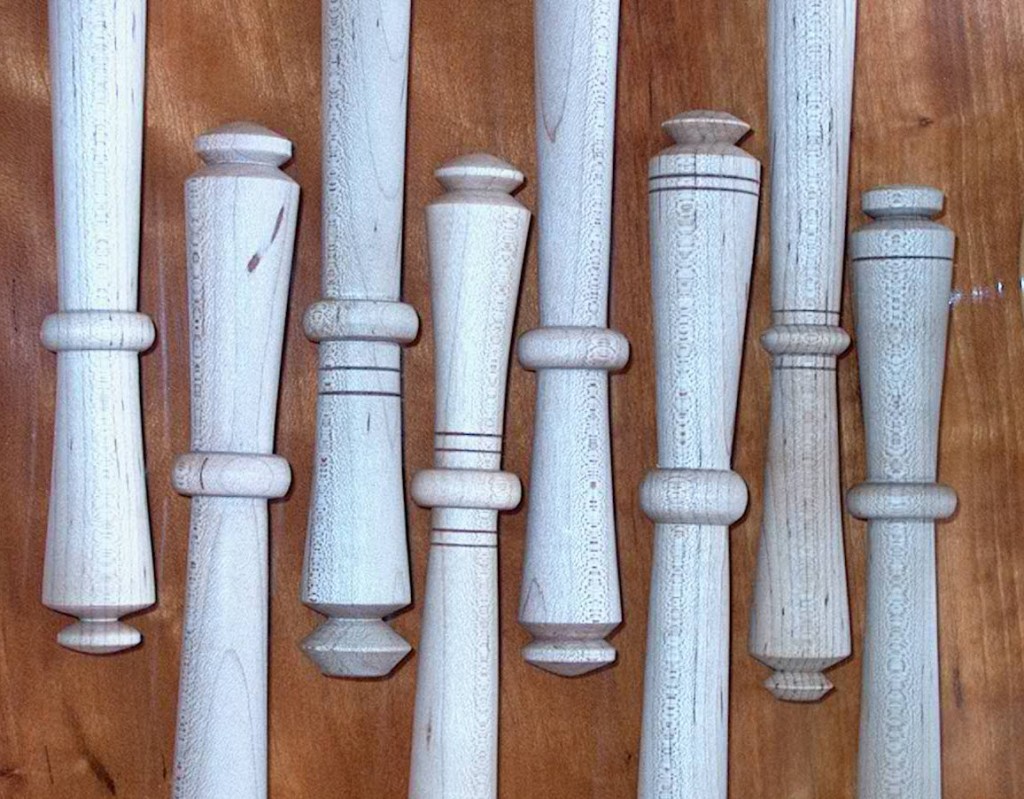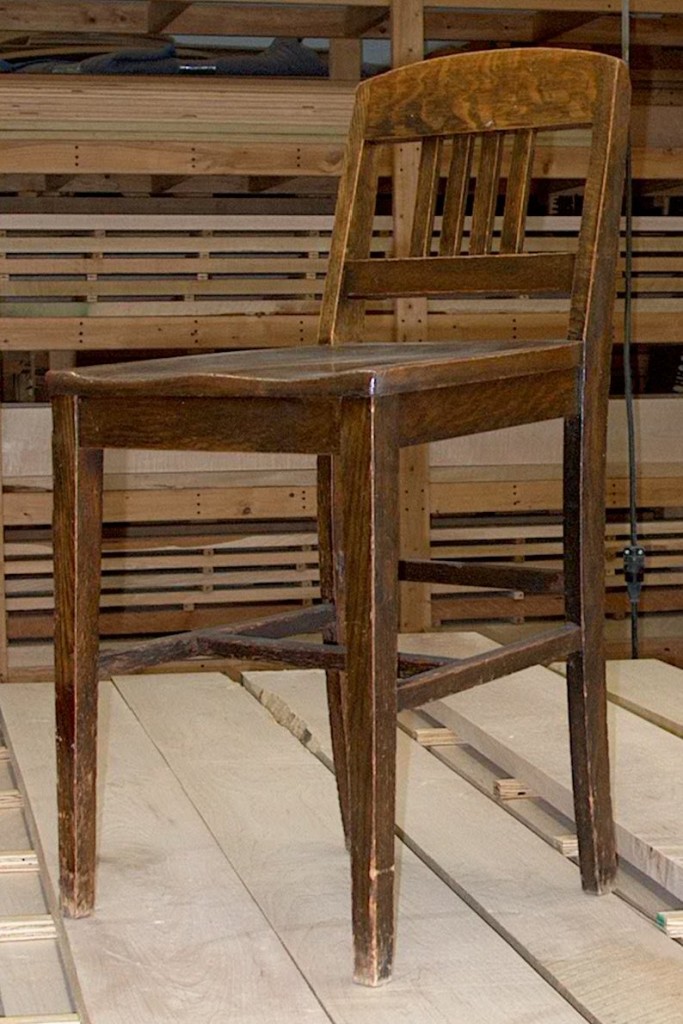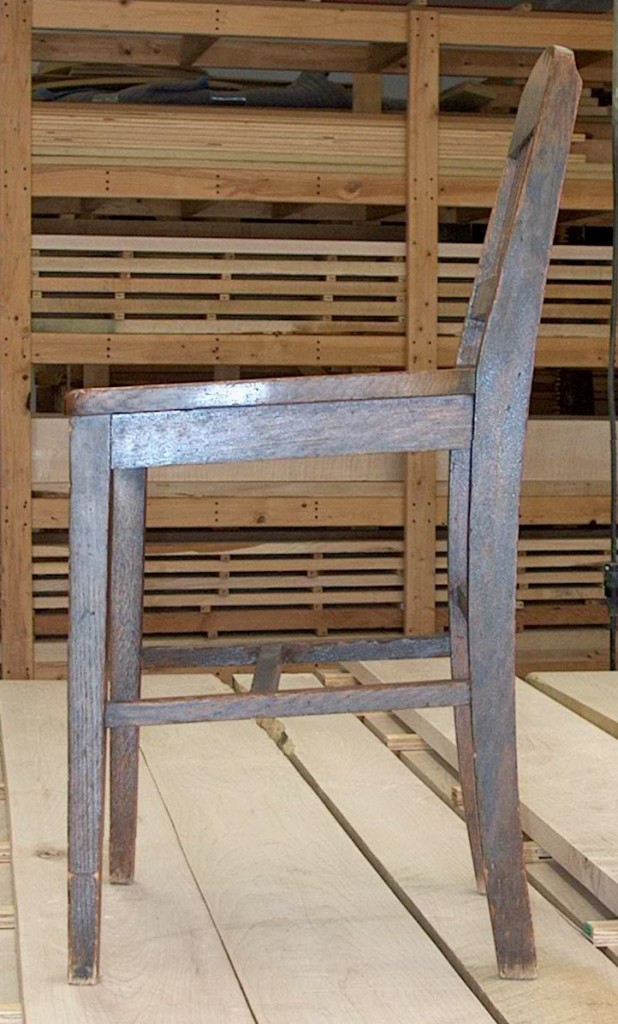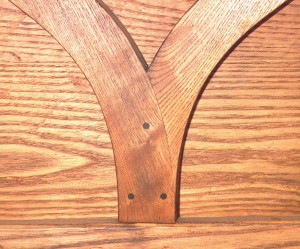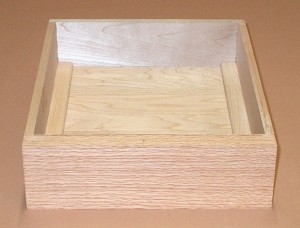My wife and I love our two cats in part because they are constantly showing new and old character traits.
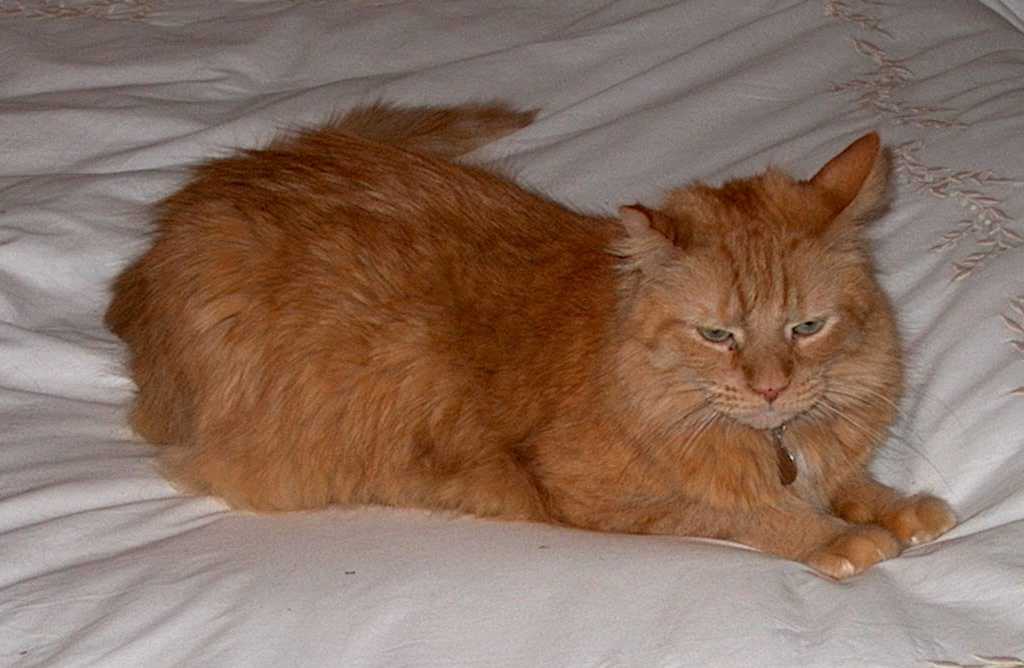 (Yes, this is only one of the two – have you recently tried to herd cats?)
(Yes, this is only one of the two – have you recently tried to herd cats?)
New meows, new ways of playing with their toys, new places to be scratched, odd sleeping postures – all invite and reward our attention and interest. But we wouldn’t get more enjoyment from having twenty cats – too much quantity to allow quality interaction.
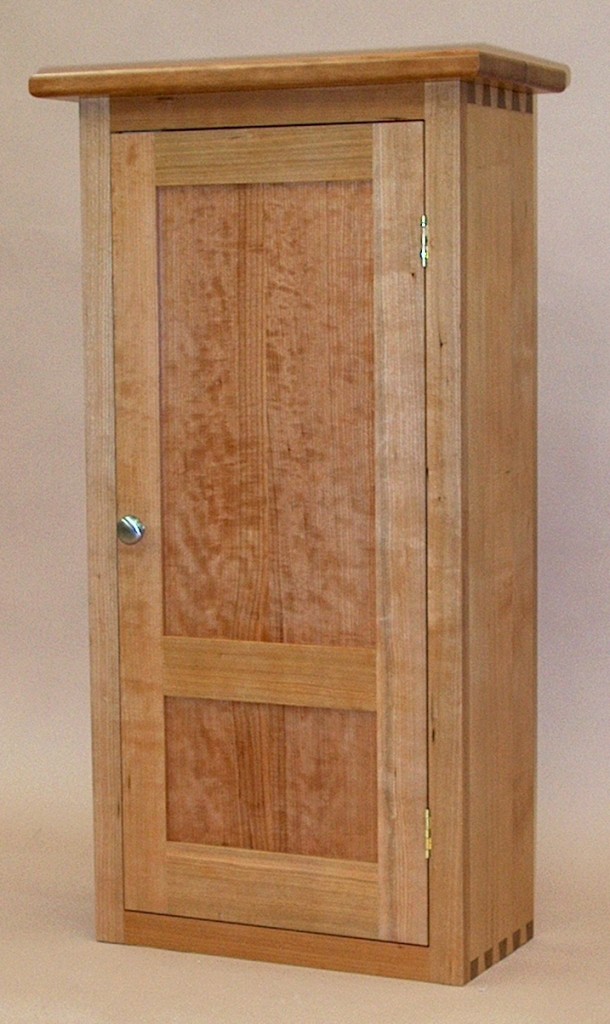 Like a beloved spouse or favorite pet, a treasured piece of furniture also can continuously reward closer inspection and interaction. It might be figure that becomes more noticeable in winter sunlight, chatoyance (changing luster) we hadn’t observed closely before, or a scratch bead or drawer slip hidden inside.
Like a beloved spouse or favorite pet, a treasured piece of furniture also can continuously reward closer inspection and interaction. It might be figure that becomes more noticeable in winter sunlight, chatoyance (changing luster) we hadn’t observed closely before, or a scratch bead or drawer slip hidden inside.
In an office or home, most of our furniture blends together, as would too many pets. But hopefully we each have one treasured piece that has special meaning, because it was passed along with family memories, was a special gift or purchase, or matches goals and aspirations. A treasured piece doesn’t have to be large or outrageously expensive, but all should have one, to add comfort and character to your personal refuge from life’s trials and tribulations.
Next time you walk by your treasured piece, stop for a few moments to discover or revisit and enjoy one of its marvelous details.

